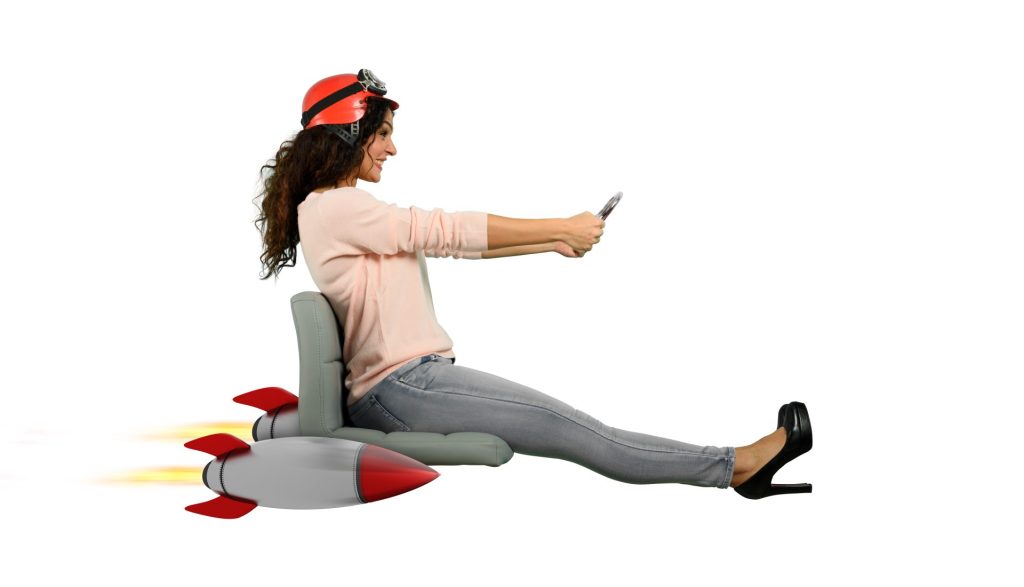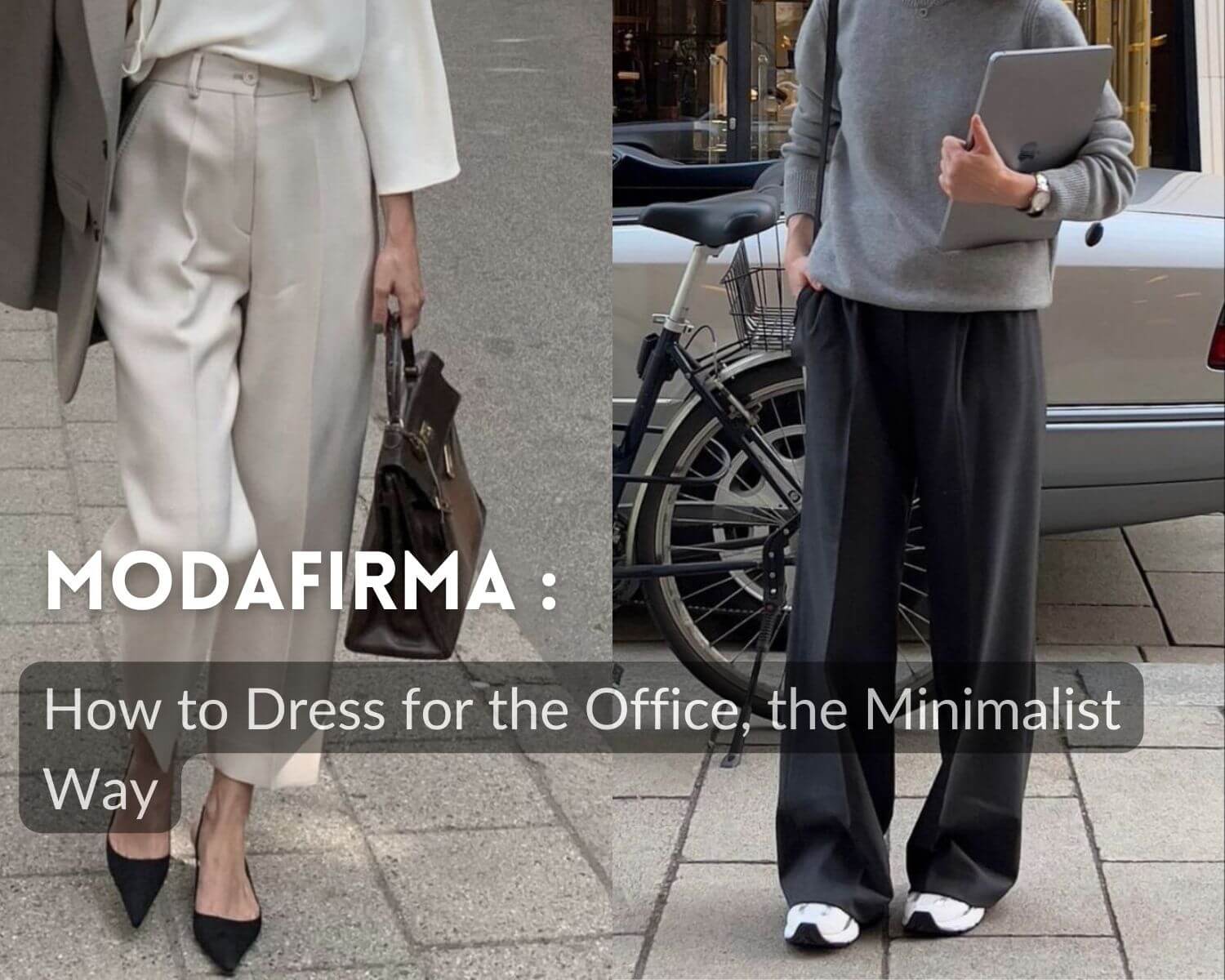When it comes to creating extraordinary shopper experiences in the competitive world of retail, every detail matters. One critical design element that significantly influences a shopper’s experience is the retail cash wrap. The cash wrap is the point at which a store converts shoppers into customers. A well-designed and strategically located cash wrap not only serves as a functional transaction point but also plays an important role in merchandising and brand building. In today’s post, we’ll delve into the various types of retail cash wraps, discuss construction and material options, and share key additional design features.

Types of Retail Cash Wraps
From a design perspective, there are 3 primary types of cash wraps:
- Standard Linear Cash Wraps: These are the most traditional and common type of cash wraps found in retail stores. They have a linear structure and usually consist of a flat counter space with one of more cashier’s stations. They typically have rear cabinet storage, open shelving, or a combination of the two. Standard linear cash wraps are generally simple, versatile and can be customized to fit the store’s aesthetic.
The example shown above is one we designed and fabricated for the gift shops at a high-end resort hotel. It was simple but premium with an oak laminate finish and raised,
front-facing dimensional panels to partially hide the surface in front of the checkout stations.
- L-shaped Cash Wraps: L-shaped cash wraps are ideal for small format stores with limited space. They can be designed with 2 counters of equal length or a longer counter and then a shorter “bonus” counter. They typically can accommodate multiple cashier stations or can serve as additional merchandising space for impulse items. They also may be a better choice if a retailer is looking to force a particular traffic flow pattern in a store or take advantage of difficult-to-use corner areas of the store. We made the L-shaped cash wrap below for Evans Brewing. In addition to the L-shape, it features solid pine wood cladding with a dark walnut stained finish and a solid surface countertop. Cash wraps are typically required to be ADA compliant and therefore are likely to include a lower tier for wheelchair shoppers.

Another L-shaped example is the Petco cash wrap we made below.

- U-shaped Cash Wraps: U-shaped cash wraps usually require more space. They provide a more enclosed space for cashiers and often come with additional shelving and display space, allowing for more generous merchandising opportunities at checkout. U-shaped cash wraps are particularly beneficial for larger stores with higher transaction volumes. They are typically designed with 90-degree corners, but they also can be curved like the gentle U-shaped cash wrap we made for an Unleashed by Petco store. We used solid surface for the countertop and flouted metal on the front panel.

The C-Store Master cash wrap we manufactured is a U-shaped design with a center opening.

Material Options for Construction
The majority of cash wraps are constructed of wood or wood composite materials like MDF, but many also include other materials that help to enhance the design, improve functionality, or ensure greater durability.
- Wood: Wood is a classic and versatile material for constructing cash wraps. It offers strength as well as design and finish versatility. Hardwoods like oak or maple are durable choices, while cash wraps made of MDF often feature wood laminate finishes that come in many varieties. Wood can also be stained or painted to match the store’s decor.
- Metal and Glass: Although less common, if you are looking for a modern and sleek look, metal and glass constructions are excellent choices. These materials are highly durable, offer a contemporary feel, and are easy to clean. Metal frames can be powder-coated to match any PMS color, while glass adds elegance and transparency that can create a higher-end aesthetic.
- Solid Surface: Solid surface materials are most often used as countertops, but they can also be used to make an entire cash wrap. Because cash wraps must endure high transactional wear and tear, solid surface countertops are a great choice to ensure your cash wrap looks great and lasts for a long time. Solid surface material is a little more expensive than a laminate, but unlike laminates, it doesn’t chip and is therefore likely to be more cost effective over the long term.
Other Cash Wrap Design Considerations
In addition to the various types of cash wraps and construction material choices, there are numerous functional and design considerations that can improve the utility and impact of a cash wrap.
- Rear of Cash Wrap– It is important to think about how the rear of the cash wrap will be used. Most cash wraps incorporate some type of cabinets, drawers, cubbies, shelving, or a combination of these. The Evans Brewing cash wrap shown below incorporates cubbies, open shelving, and cabinets with inside shelving. For inside cabinets and rear shelving, it is often more cost effective to use cabinet liner since those areas of the cash wrap are subject to less wear and tear.

- Front of Cash Wrap– The front of the cash wrap can be used to elevate the design while offering some of the best merchandising and branding-building opportunities in a retail store. The Vuori cash wraps we make are a great example of the beauty of simplicity and a tasteful illustration of branding. The cash wrap shown below is from Vuori’s flagship Century City, CA store. The 3D wood logo on the cash wrap is more loudly reinforced by the full but clean Vuori branding on the back wall.

Courtesy of Vuori
Other Vuori cash wraps we make feature wood slats and a 3D acrylic logo as shown below.

Courtesy of Vuori
- Other Cash Wrap Features: There are several other important features to consider in an effective cash wrap design. For example, the checkout station we made for H&M features locking and non-locking cabinets, open shelving, a locking pull-out drawer, a side hook to hang shopping bags, a center top hole for electrical wires, and 3 additional holes in the solid surface top that align with the bins inside the pull-out drawer.

A closer look at the top surface is shown below.

A key feature of the H&M cash wrap is the wheels. Creating a mobile cash wrap that can be moved around in the store can make cleaning easier while also offering the flexibility to relocate the cash wrap easily in the event of store layout changes or remodeling. Finally, the cash wrap includes a space-saving folding side shelf that can be used to meet the needs of wheelchair customers.

In addition to countertop merchandising during checkout, the front of cash wraps can also be used to merchandise products. Some cash wraps have slatwall fronts to make merchandising easier while others include built-in shelves. Walk into any convenience store, and you will likely find a wide selection of merchandise living below the checkout countertop.
Like other types of store fixtures, there are a wide variety of cash wraps populating the retail landscape. Because they are often the final touchpoint in a shopper’s journey, a well-designed cash wrap can not only elevate the shopping experience, but it can play an important role in converting shoppers to customers.
Jim Hollen is the owner and President of RICH LTD. (www.richltd.com), a 35+ year-old California-based point-of-purchase display, retail store fixture, and merchandising solutions firm which has been named among the Top 50 U.S. POP display companies for 9 consecutive years. A former management consultant with McKinsey & Co. and graduate of Stanford Business School, Jim Hollen has served more than 3000 brands and retailers over more than 20 years and has authored nearly 500 blogs and e-Books on a wide range of topics related to POP displays, store fixtures, and retail merchandising.
Jim has been to China more than 50 times and has worked directly with more than 30 factories in Asia across a broad range of material categories, including metal, wood, acrylic, injection molded and vacuum formed plastic, corrugated, glass, LED lighting, digital media player, and more. Jim Hollen also oversees RICH LTD.’s domestic manufacturing operation and has experience manufacturing, sourcing, and importing from numerous Asian countries as well as Vietnam and Mexico.
His experience working with brands and retailers spans more than 25 industries such as food and beverage, apparel, consumer electronics, cosmetics/beauty, sporting goods, automotive, pet, gifts and souvenirs, toys, wine and spirits, home improvement, jewelry, eyewear, footwear, consumer products, mass market retail, specialty retail, convenience stores, and numerous other product/retailer categories.







